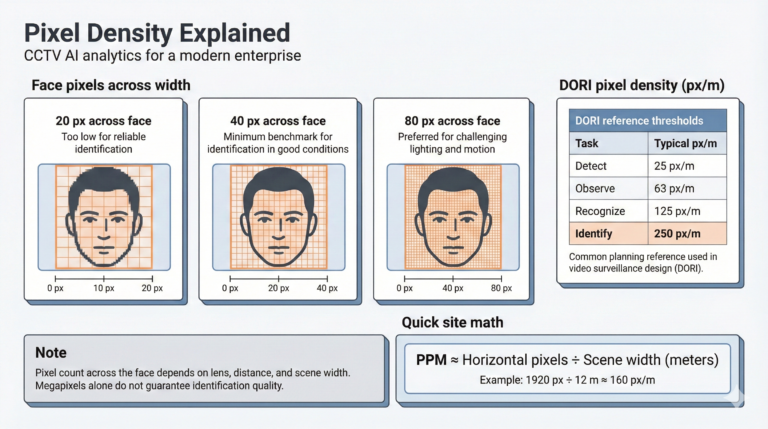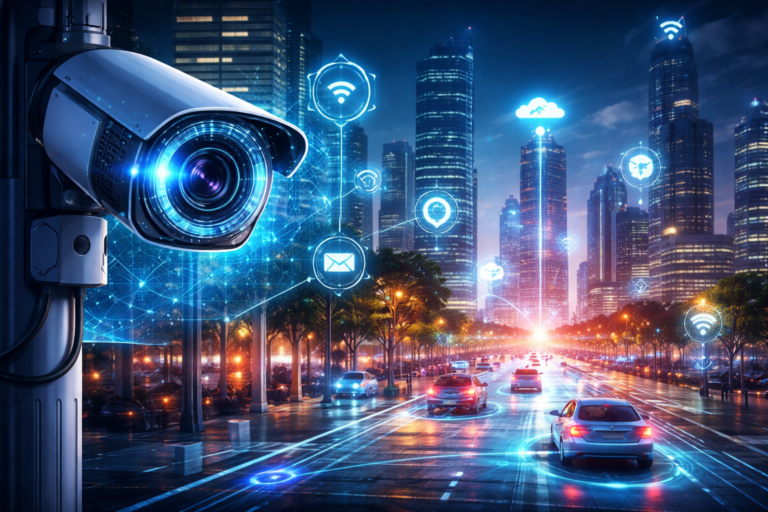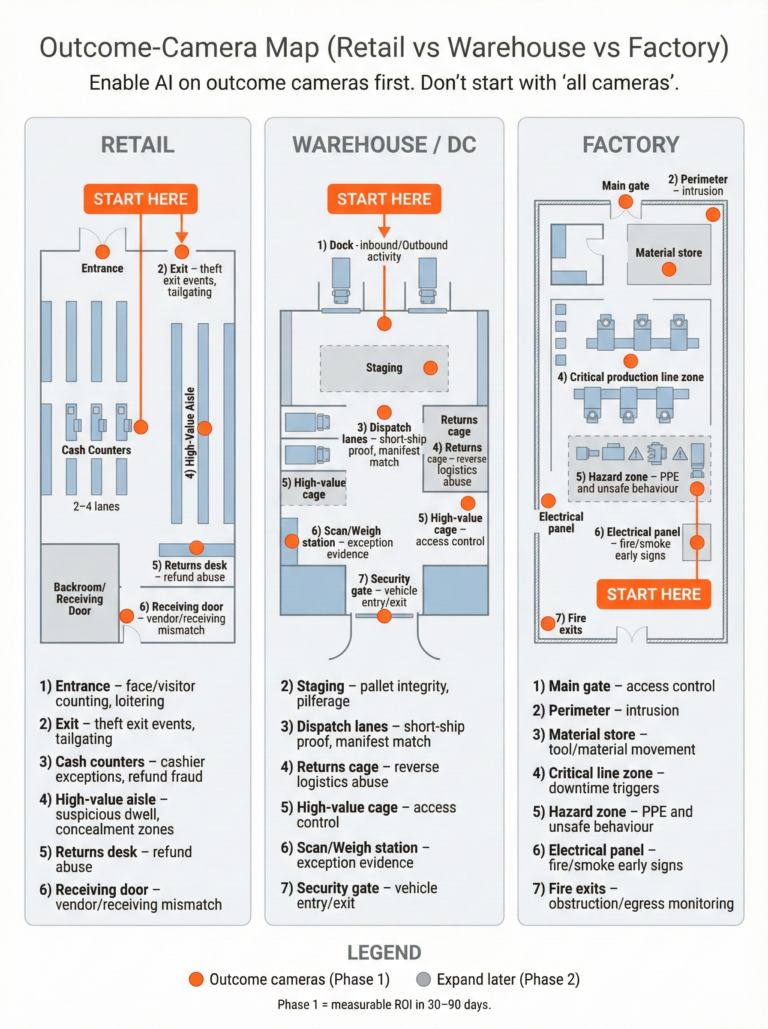In an age where security concerns are paramount, Closed-Circuit Television (CCTV) systems have emerged as a ubiquitous and invaluable tool for monitoring and safeguarding various environments. In this article, we’ll explore the what, why, when, where, and how of CCTV technology.

What is CCTV?
CCTV stands for Closed-Circuit Television, a system that employs cameras, monitors, and recording devices to capture and transmit video footage within a closed network. Unlike broadcast television, CCTV operates on a closed loop, making it suitable for surveillance and security purposes.
Why Choose CCTV?
Deterrence: CCTV cameras act as a powerful deterrent to potential criminals. The presence of visible cameras often discourages unlawful activities.
Evidence: In the event of an incident, CCTV footage serves as crucial evidence for investigations, helping law enforcement and authorities solve crimes.
Constant Monitoring: CCTV allows for continuous monitoring, ensuring real-time awareness of activities in the monitored area.
Remote Access: Modern CCTV systems often offer remote access, allowing users to view live footage from anywhere with an internet connection.
When Should You Use CCTV?
CCTV systems find applications in a variety of situations:
Home Security: Protect your home and loved ones by installing CCTV cameras at entry points, both inside and outside the house.
Businesses: Companies use CCTV to monitor premises, safeguard employees, and protect assets from theft and vandalism.
Public Safety: Public spaces like parks, shopping malls, and transportation hubs utilize CCTV to enhance public safety and monitor crowds.
Where to Implement CCTV?
CCTV systems are adaptable and can be deployed in numerous environments:
Residential: Homeowners install CCTV cameras to monitor their property and deter potential intruders.
Commercial: Businesses, offices, retail stores, and warehouses rely on CCTV for security, loss prevention, and employee monitoring.
Public Areas: Government entities and municipalities employ CCTV to ensure public safety in city centers, public transportation, and other high-traffic locations.
How to Set Up and Use CCTV?
Setting up a CCTV system involves several key steps:
Camera Selection: Choose cameras that suit your needs, considering factors such as indoor or outdoor use, resolution, and night vision capabilities.
Camera Placement: Strategically position cameras to cover critical areas while avoiding blind spots.
Wiring and Installation: Connect cameras to the central monitoring system, ensuring proper power and data connections.
Monitoring Station: Set up a dedicated monitoring station or use digital video recorders (DVRs) or network video recorders (NVRs) to record and manage footage.
Remote Access: Configure the system for remote access, allowing authorized users to view live feeds and recorded footage remotely.
Maintenance: Regularly maintain the system by cleaning cameras, checking connections, and ensuring proper storage capacity for recorded footage.
In conclusion, CCTV systems have become indispensable tools for enhancing security and surveillance in various settings. By understanding what CCTV is, why it is essential, when and where to use it, and how to set it up, individuals and organizations can better protect their properties, assets, and people. Embrace the power of CCTV technology to bolster security and peace of mind in an increasingly uncertain world.




